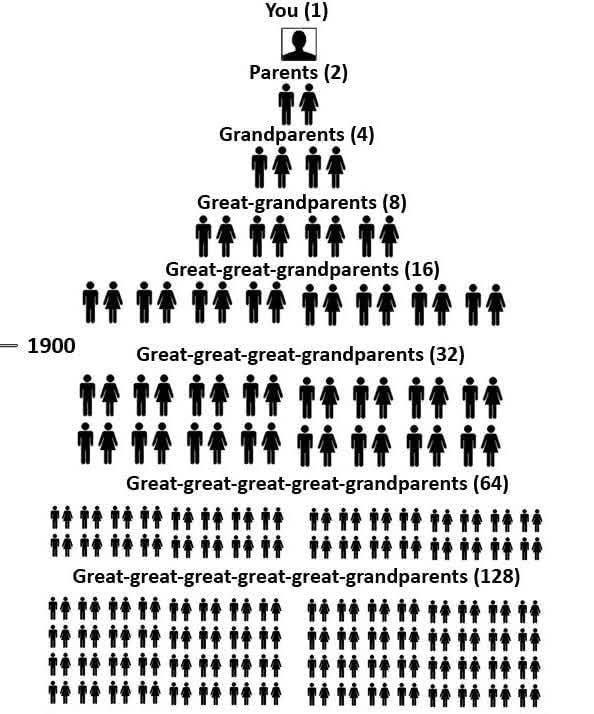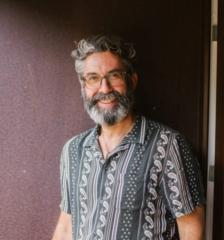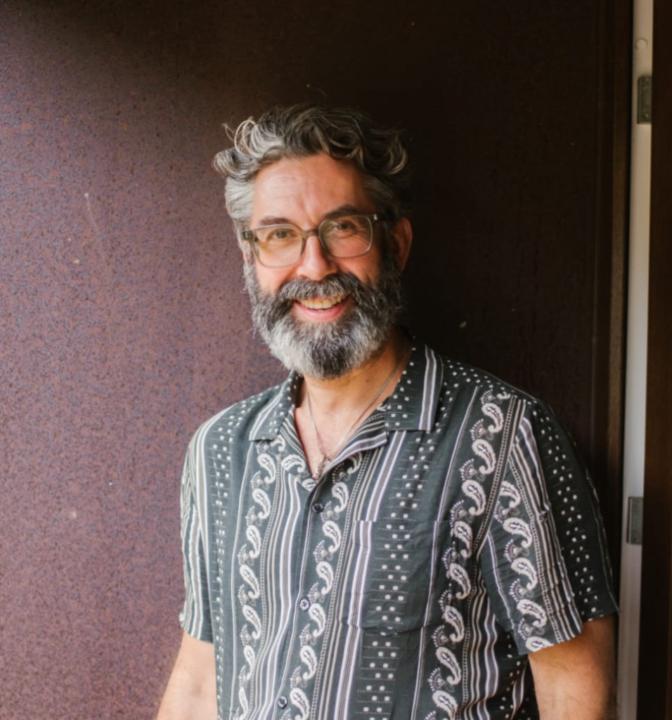Activity
Mon
Wed
Fri
Sun
Jan
Feb
Mar
Apr
May
Jun
Jul
Aug
Sep
Oct
Nov
Dec
What is this?
Less
More
Memberships
Shangriballa - Non Dual Group
89 members • Free
22 contributions to Shangriballa - Non Dual Group
5 Non-Dual Everyday Practises.
I've put together five practical ways you can start practicing non-duality today. It's about shifting your attention from the stories in your head to the raw, immediate experience. 1. Melt the Observer and the Observed (Chores as Practice). Think about doing the dishes or folding laundry. Usually, your mind says, "I am doing this boring thing." That's the split: I (the subject/doer) and dishes (the object/done). * The Shift: Try to drop the "I" label. Don't do the dishes; just let the experience of washing happen. Notice the warm water on your hands, the rough texture of the sponge, the squeak of clean glass. The sound, the sensation, the movement—it’s all just one unbroken experience. The washing is what you are right now. * The Payoff: When you really pay attention, the boring chore becomes vivid. You stop resisting the moment, and that’s a direct taste of non-duality. 2. Question Your Reactions (The 'Who is Annoyed?' Inquiry) Life throws curveballs, right? Maybe a driver cuts you off, or a coworker annoys you. The dualistic mind immediately yells, "They are bad, and I am right." * The Shift: When a strong emotion hits, don't follow the story. Just pause and ask, "Where is the center of this anger?" or "Who is feeling this annoyance?" Look for the solid, separate I that is getting upset. * The Payoff: You'll find that the "I" is elusive. It's not a thing you can grab, just a fleeting bundle of thoughts and sensations. The anger or annoyance is simply an event arising in a vast field of awareness, just like the sound of the car horn. See it as an event, not a personal attack. This process of self-inquiry is one of the quickest ways to see through the illusion of the separate self. 3. Drop the Judge (Accepting the Unacceptable) We're all walking, talking critics. We label everything: "This feeling is bad," "This weather is terrible," "That thought is stupid." This is the essence of duality: good/bad, right/wrong, self/other. * The Shift: Practice radical acceptance. Let everything be as it is. When a "bad" feeling like sadness or restlessness appears, don't try to fix it, judge it, or push it away. Just let it be. It's just energy moving.
3
0
Collection of meditations, courses, books, etc
Hi everyone, Here you can find a collection of different materials I've gathered over the years. It includes: - Guided meditations and programs - Music using binaural beats and different frequencies - Development courses from platforms like MindValley and many more. Since it's quite a huge collection, I will soon add a guide to break down a bit what and where can be found and also a quick summary ofthe experiences I had with some of them. If you find that some files are missing or not working, let me know.
Ancestors lineage
When lisa opens a retreat she reminds us that we are the sum of everyone before us, and these ancestors are routing for us to succeed in everything we do in life. In this forever lineage there are powerful healers, witches, shamans that protect and serve us in everything we do....remember you are special. X
2
0

Opening the heart
To open your heart is to reduce your ego, and this is the only magic that is ever required to experience the naked truth. Tony Vigorito
Documentary - The Birth of Shangriballa—and Our Community
Waking Up—Waking In: A Leap of Faith Hey everyone, We've got some incredible news we're so proud to finally share with our family here in the Skool community. You hear us talk all the time about the Shangriballa Method and the power of transformation, but today, we're sharing the ultimate origin story. We're beyond thrilled to officially announce and share our long-awaited documentary, "Waking Up—Waking In: A Leap of Faith." This isn't a glossy film we just paid for; this is the raw, beating heart of why we do what we do. It’s a 30-minute peek behind the curtain, showing the breathtaking journey of my own personal transformation. This documentary is literally how the Shangriballa Method was born. I had to live this truth, feel the despair of the "before," and walk through the fire to find the freedom of the "after." But here's the beautiful part: this documentary is about much more than just my story now. Through this work, we've met wonderful people, like the brilliant Patrick Boulan, who not only connected with the core truth of the method but also confirmed its structure. This validation helped us realize that Shangriballa has become something greater than I ever imagined—it's an evolving concept shared by everyone here. It's a community understanding where each person finds their own unique interpretation, adapting it to their unique life situations. We've all played a part in defining it. I'm thankful for every suffering, every opportunity to grow, because it all came from grace and led us here, together. This documentary is our testament to that journey and that shared spiritual healing. Please watch it, reflect on it, and share your biggest takeaways right here in the comments. We can’t wait to hear how this story resonates with your own path to self-discovery and how you uniquely experience the Shangriballa Method. Welcome to the beginning, again! ❤️ Lisa Silva
1-10 of 22




